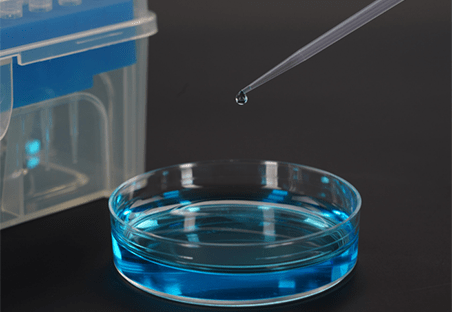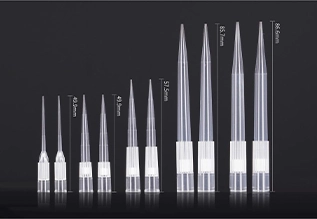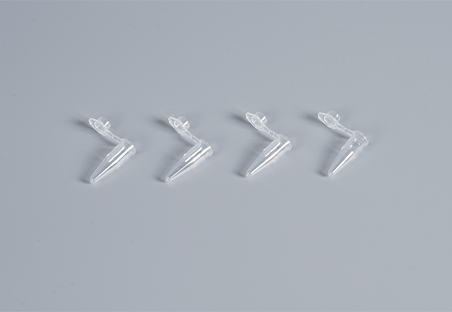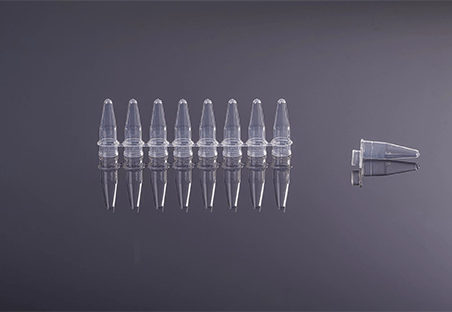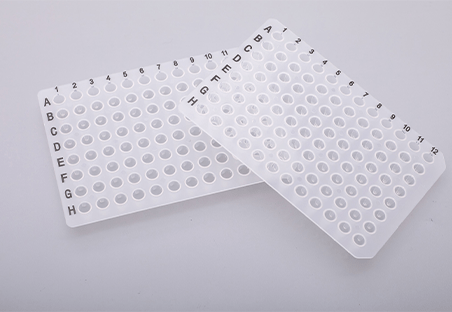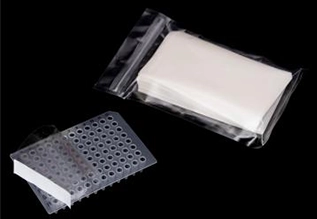The process of growing cells outside of their native environment in a controlled environment is called cell culture. Specialized culture vessels, like petri plates or flasks, are used to grow cells, and they are given a nutrient-rich media that has all the ingredients they require for growth. Cell culture consumables include cell culture dishes. Treatments are applied to cell culture dishes to enhance cell adherence and growth. The most common type of cell culture dish treatment is tissue culture treatment. This treatment involves exposing the plastic surface of the dish to a plasma gas, which creates hydrophilic groups on the surface. This increases the surface’s attractiveness to hydrophilic cells.
What are the Cell Culture Treated Dishes?
Cell culture treated dishes are laboratory equipment designed specifically for growing and maintaining cells in vitro (outside the body). These dishes are typically made of plastic (usually polystyrene) and have been treated with special coatings to enhance cell attachment and growth.
The surface of these dishes is modified to provide a favorable environment for cell adhesion, spreading, and proliferation. This treatment typically involves the application of various chemicals or polymers that mimic the extracellular matrix (ECM) found in living tissues, thus promoting cell attachment and growth.
Cell culture treated dishes are widely used in biological and medical research, drug discovery, and biotechnology applications. They provide a controlled environment for studying cell behavior, conducting experiments, and producing cells for various purposes, such as cell-based assays, drug screening, and tissue engineering.
These dishes come in various sizes and formats, including multi-well plates, petri dishes, and culture flasks, to accommodate different experimental needs and cell culture protocols.
Different Types of Cell Culture Dish Treatments
There are several cell culture dish options for treatment available, and each has pros and cons of its own. Here is a more detailed overview of the different types of cell culture dish treatments:
- Tissue culture treatment
This kind of treatment for cell culture dishes is the most popular one. It involves exposing the tissue culture dish’s plastic surface to a plasma gas, which forms hydrophilic groups on the surface. Because cells are hydrophilic as well, this increases their attraction to the surface.
- Poly-lysine coating
Poly-lysine, a protein that encourages the adhesion of cells to plastic surfaces, is applied to cell culture dishes using this technique. Particularly helpful for cultivating cells like neurons and astrocytes that have difficulty attaching to plastic is poly-lysine coating.
- Collagen coating
Through this process, collagen—a protein present in the extracellular matrix, which is the medium in which cells grow—is applied to cell culture dishes. Collagen coating is particularly helpful when cultivating cells like fibroblasts and epithelial cells that need a more natural environment for growth.
- Other treatments
Numerous alternative treatments for cell culture dishes exist, including coatings with fibronectin, laminin, and Matrigel. Usually, such methods are employed to cultivate extremely certain cell kinds or to create settings specifically designed for cell culture.

Benefits of Using Treated Cell Culture Dishes
There are many benefits to using treated cell culture dishes, including:
- Improved cell adhesion and growth: Treatment increases the hydrophilic properties of the medium, making it easier for cells to attach to and be attracted to treated cell culture dishes. Improved cell growth and survival may result from this.
- Reduced contamination: Compared to untreated dishes, treated cell culture dishes are less likely to become contaminated with bacteria and other microorganisms This occurs as a result of the treated surface’s increased resistance to impurity attachment.
- More consistent cell morphology: More uniform cell morphology can be encouraged with the use of treated cell culture plates. This is because the surface that has been treated offers cells a more consistent environment in which to flourish.
- Increased cell survival: Because treated cell culture dishes give cells a more favorable environment in which to thrive, they can contribute to an improvement in cell survival. This is especially useful when cultivating sensitive cells like astrocytes and neurons.
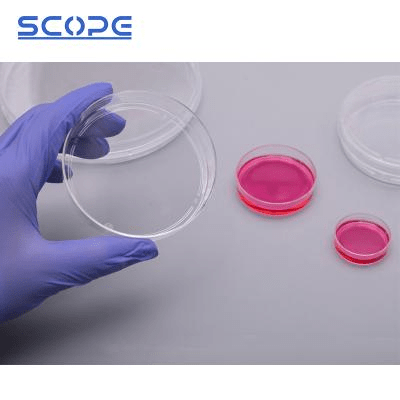
How to Choose the Right Culture Dish Treatments?
To choose the right culture dish treatments, you need to consider the following factors:
3 Factors to Consider When Choosing Cell Culture Dish Treatments
- Type of cells
The needs of various cell types for adhesion and growth vary. For example, neurons need a different kind of care than fibroblasts.
- Desired outcome
Think about the goals you have for your experiment. Using a collagen-coated dish can be a good option if you plan to culture cells for an extended length of time, as it will give the cells a more organic growing medium.
- Budget
Although treated cell culture plates may initially cost more than untreated ones, their improved growth and survival rates and decreased risk of contamination might ultimately save you money and effort.
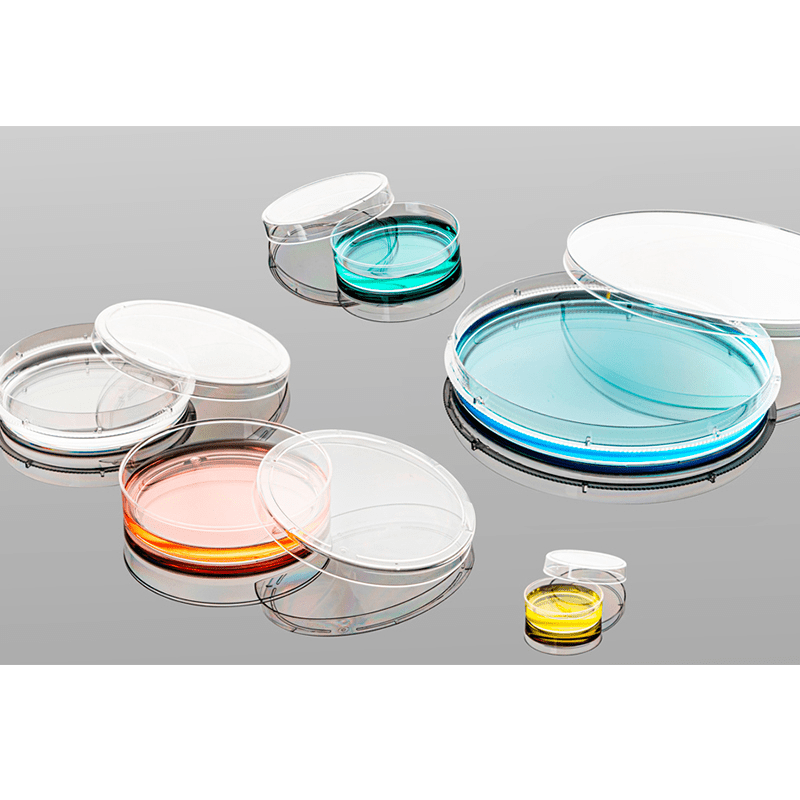
Q&A: Do Cell Culture Dishes of Different Sizes Need to Be Treated Differently?
Yes, different cell culture dish sizes require distinct handling procedures. This is due to the fact that when a cell culture dish’s size increases, so does its surface-to-volume ratio. A 150mm dish, for instance, has a lower surface-to-volume ratio than a 35mm dish. This indicates that a 35mm dish has more cell culture dishes area accessible for cell attachment. To guarantee that cells adhere and grow uniformly, various cell culture dish sizes must be handled differently. For example, a 150mm dish could require a thicker coating of poly-lysine to cover the entire surface, but a 35mm dish might only require a light covering. Here are some additional tips for treating cell culture dishes of different sizes:
- For smaller dishes (35mm and 60mm), you might apply just a small amount of collagen or poly-lysine.
- For larger dishes (100mm and 150mm), using a specific coating like Matrigel is an option, as is applying a thicker layer of collagen or poly-lysine.
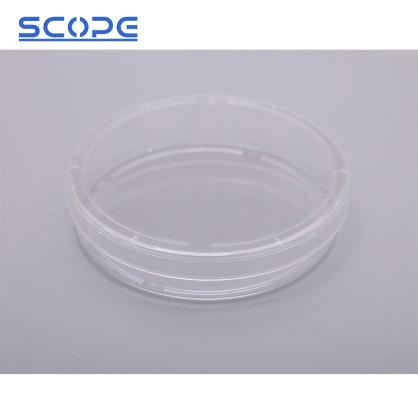
Conclusion
Tissue culture treatment is the most popular kind of treatment since it is a versatile approach that is effective for many different kinds of cells. Certain treatments, such as collagen coating for epithelial cells and fibroblasts, or poly-lysine coating for neurons and astrocytes, are more specific. It’s usually better to speak with a cell culture specialist if you’re not sure which treatment to utilize. The treatment you select should be appropriate for the kind of cells you are cultivating, it is also crucial to remember this. An alternative treatment, like collagen or Matrigel, might be required since certain cell types are not resistant to poly-lysine.

